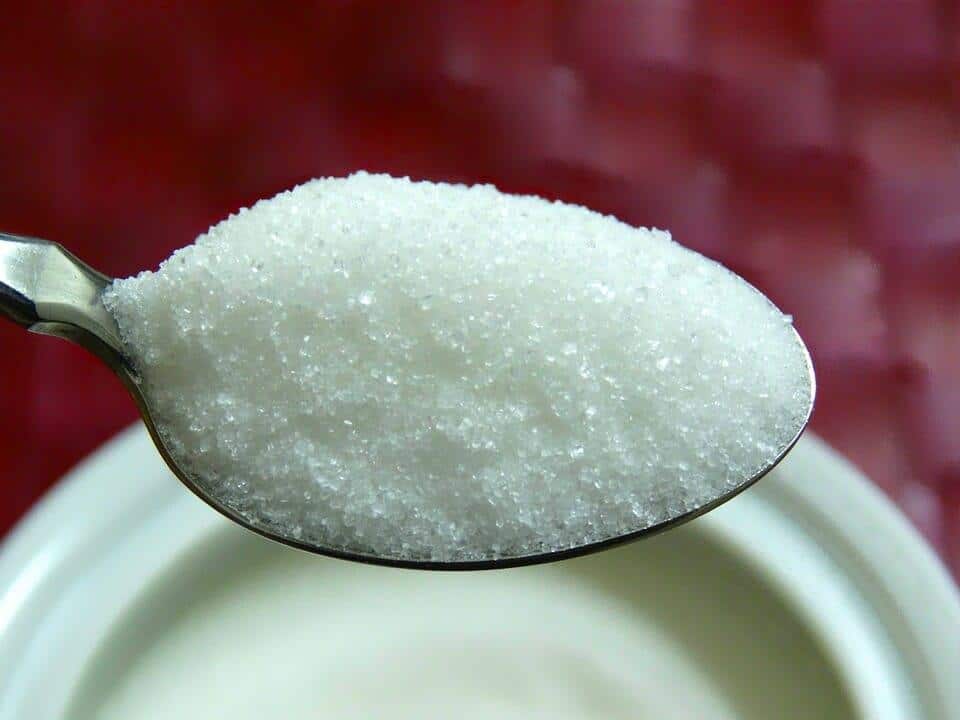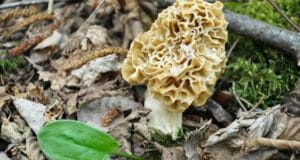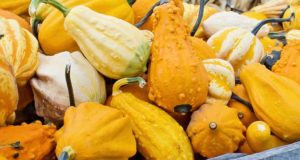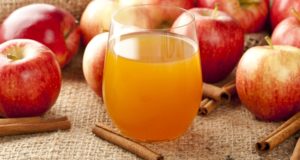While making plans with a farm apprentice regarding her upcoming move to our homestead and discussing room-and-board details, she let me know that she did not eat any foods with added sugar. She wouldn’t mind fixing her own meals separately, she told me, but I assured her it would be no trouble for me to take the whole household off sugar. I thought eliminating sugar was just a matter of cutting out dessert foods, which didn’t seem like a big deal.
What never occurred to me was that sugar, in one form or another, is added to a great many common foods. While it is no surprise to find sugar in soda pop, candy, pastries, ice cream and other so-called junk food, it came as a bit of a shock to learn how many other prepared foods contain it. Even more so was the shock of learning how much I—as one who considers my cooking style to be mostly from whole foods—use it in meal preparation, as well.
Cutting sugar completely from our diet was far more difficult than I had imagined it would be. Like many Americans, I was so accustomed to using sugar in my everyday cooking that I didn’t even always notice how often I use it. After the apprentice’s arrival, I was amazed to realize how many of the recipes I’ve used for years contain sugar. Just a few tablespoons here or a teaspoon there had never seemed significant, but I began to become aware of how much it really was.
Even foods as basic as breads suddenly presented problems. I make a great homemade corn bread, for example—northern style, with yellow cornmeal and sugar. Most yeast breads contain sugar, too, along with many of even the healthiest muffins.
Homemade soups and sauces usually call for a little sugar, adding just the right touch or bringing out the flavor of everything from pumpkin soup to spaghetti sauce. And while I don’t put sugar in my beef or chevon stews, I do add a little browning sauce that includes—you guessed it—sugar.
One day when I was collecting ingredients in the pantry for a casserole that included store-bought cream-style corn, the apprentice reached for the can and read the label.
‘What?! No Way’
“It has sugar in it,” she told me.
“What?!” I was astonished. “No way.” I checked the label and saw she was right.
Once I started looking for it, I found sugar lurking everywhere. The round buttery crackers I usually crumbled on top of my macaroni-and-cheese are sugar-sweetened. So are canned soups. And all kinds of sauces—from barbecue, which you might suspect, to Worcestershire, which you probably wouldn’t. Ketchup too, along with pickles and relishes and other condiments. Even breakfast cereals billed as “regular” and “plain,” often contain added sugar.
Even simple sandwiches posed challenges. Regular peanut butter is sweetened, as of course are jams and jellies. Mayonnaise and most brown mustards contain sugar, as do some luncheon meats. Perhaps a salad instead—but wait, store-bought salad dressings and croutons are loaded with sugar!
Even foods we often think of as healthy alternatives sometimes contain sugar. Items like granola, nutrition bars, fruit-based drinks, fruit rollups, and other foods marketed to children can be sugar-laden.
The Many Names of Sugar
One of the reasons many people use more sugar than they realize is that sugar disguises itself under many other names. Careful label-readers often don’t find “sugar” listed, but will instead see ingredients such as dextrose, maltose, cane juice or solids, fructose, high fructose corn syrup, glucose, and dozens of other words that all mean the same thing: added sugar.
By some accounts there are 40, 50 or even more different terms for added sugar. It can be derived from sugar cane, sugar beets, corn, coconut and other plants, and processed in a wide variety of ways into many forms. Often a packaged food label will list several sugar variations, the combination of which can result in an astounding total volume of sugar per serving.
Avoiding sugar can be tricky. It helps to become familiar with all the names it goes by in order to be able to pick it out of an ingredients list. Poring over labels can be tedious, but it gets easier with practice. The more important it is to avoid sugar—that is, the more serious the health consequences of eating it—the more crucial it is to read ingredients lists and know how to recognize sugar in all its various forms. The keys are diligence and determination.
Most people alive today grew up on a fairly steady diet of sugar. Even those of us who are health-conscious may well consume more sugar than we are aware of. To some of us, we are so used to everything from breads to canned fruits to breakfast staples being so chock full of sugar that these foods taste a little foreign to us without it.
Lessons Learned
My homestead underwent a radical change in eating habits when we began learning to accommodate a completely sugar-free person into our menu planning. Some of it was easy. We substituted natural sweeteners such as local honey and our own maple syrup into foods with a great deal of success. With other items, we tried simply omitting sweeteners altogether and learned to like them that way.
Although many people use popular sugar substitutes with satisfaction, we steered clear of them because none of us cared for the taste or didn’t want to add more processed ingredients to our diets. Using artificial sweeteners is a personal choice, but it is worth remembering that some fake sugars pose health threats of their own.
The apprentice was able to eat homemade breads with little or no negative reaction, probably because the sugar used in the dough was processed and transformed by the yeast organisms prior to baking. However, some bread recipes use more sugar than others, and I learned to tailor my bread-making by using less sugar, substituting natural sweeteners when practical, and using more whole grains to offset the sweetness.
After the apprentice moved on, we were glad to return to using sugar in some foods but found that we were perfectly content without it in others. But we now have a better understanding of the widespread pervasiveness of sugar in foods, both prepackaged and homemade, and this new awareness better equips us to make conscious choices to consume it or not.
Do you have advice for avoiding sugar? Share your advice in the section below:
 Off The Grid News Better Ideas For Off The Grid Living
Off The Grid News Better Ideas For Off The Grid Living





